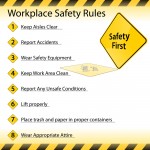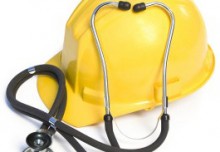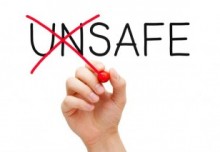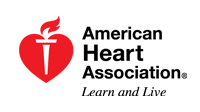 Improve Experience Modification Rate
Improve Experience Modification Rate
A few months ago we had a discussion with a client about their Experience Modification Rate (EMR).
EMR is used by insurance companies to rate the past cost of injuries and the future cost of risk. The EMR is calculated as follows:
Experience Modification = Actual Losses / Expected Losses[i]
In the above formula, a company’s expected losses represent the statistical average losses that a business of a similar size in the same industry is expected to incur. At a risk of 1, both the actual losses equal the expected losses. If a company has an EMR that is greater than 1, then their actual losses were greater than the expected losses. Companies have problems with rising insurance premiums when their EMR is over one and continues to stay above one. The EMR is calculated over a three year period.
This client had reason to be concerned. There was a good chance that they were going to be dropped from their insurance carrier for the next year, and forced to enter the state insurance pool. They had an experience mod of 1.26. This means that their injuries and insurance premiums were 26% higher than their industry average. Their risk for injury was higher than their peers and therefore the cost to insure is higher, along with higher worker’s compensation claims.
What can they do to improve Experience Modification Rate?
Reducing the occurrences of injuries will improve EMR. When there are no injuries, there are no worker’s comp claims. In order to reduce injures, an injury prevention program must be implemented.
In our discussions with the client, they were discouraged. Their reported injuries were considered minor in cost (not in mechanism, injury or frequency) and their workforce was scattered throughout the country. Their main injuries were ergonomic in nature. Their “plan” was not having any injuries that were catastrophic. Nice idea, but not much of a plan. They said they would do “whatever it takes”, but they were not optimistic.
One of the key elements to any safety program is management buy-in and leadership. Management needs to clearly establish health and safety goals and define the actions needed to achieve those goals. In this case, they had employees all over the country with little management interaction. They did not know what to do to prevent these ergonomic injuries. We discussed steps to take to help change their performance.
- We completed a Risk Assessment. Each employee was asked what risks and hazards they encounter on a daily basis, along with the known hazards of the job. Once identified, the hazards were rated and ranked according to a risk matrix. Ranking the hazard in order of most to least hazardous will reveal which tasks or conditions are the most hazardous, thus which ones to focus on first.
- We conducted a Job Hazard Analysis (JHA) for each of the highest ranking tasks to ensure that all the hazards are documented. A JHA is taking the task and breaking it down in to steps. Once the steps are identified, the steps are reviewed to determine the hazards and risks and what can be done to minimize or eliminate them. A detailed look at the JHA process can be found by clicking here.
- We determined what would be acceptable behaviors when working. For example, when an employee needs to move something that is heavy, say 100 lbs, make sure the employee knows that they need to either use lift assist devices or use a two person lift method. While this may seem fundamental, if management does not stress the importance of how to safely lift objects, then the employee will do whatever steps necessary to get the job completed. Another example involves persons getting cuts from sharp edges of materials. An easy remedy is using the appropriate PPE, but with a workforce scattered around the country, you must make extra effort to ensure employees are provided with and using the proper PPE. Direction must be detailed, you can have a procedure that says “gloves required”, but if the procedure does not specify leather instead of cloth, the employee will grab the closest glove and believe that he/she is doing the job correctly.
- Once initial data was gathered, detailed procedures were written, clear expectations, training and proper PPE was provided to each employee. Employees were tested and held accountable for understanding each procedure. Remote locations were assigned Team Leaders to champion the efforts and management holds update meetings with each team lead every week.
- Managing the injury prevention program is ongoing. Employees are asked to report all new potential hazards and are recognized for their reporting efforts. Each new hazard that is reported is documented, circulated, and accounted for within 5 business days.
Certainly there is some cost to this, however it is much less costly to steer clear of injuries. This client’s EMR has already dropped with no new injuries since the program has begun and now they are not only optimistic they are excited about keeping up with their injury prevention program.
It takes effort and time to reverse injury trends. When safety is a priority to management, then it is a priority to the employee.
[i] http://www.wcirb.com/guide-to-workers-compensation/experience-rating/experience-modification













